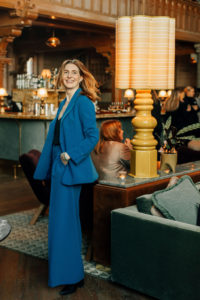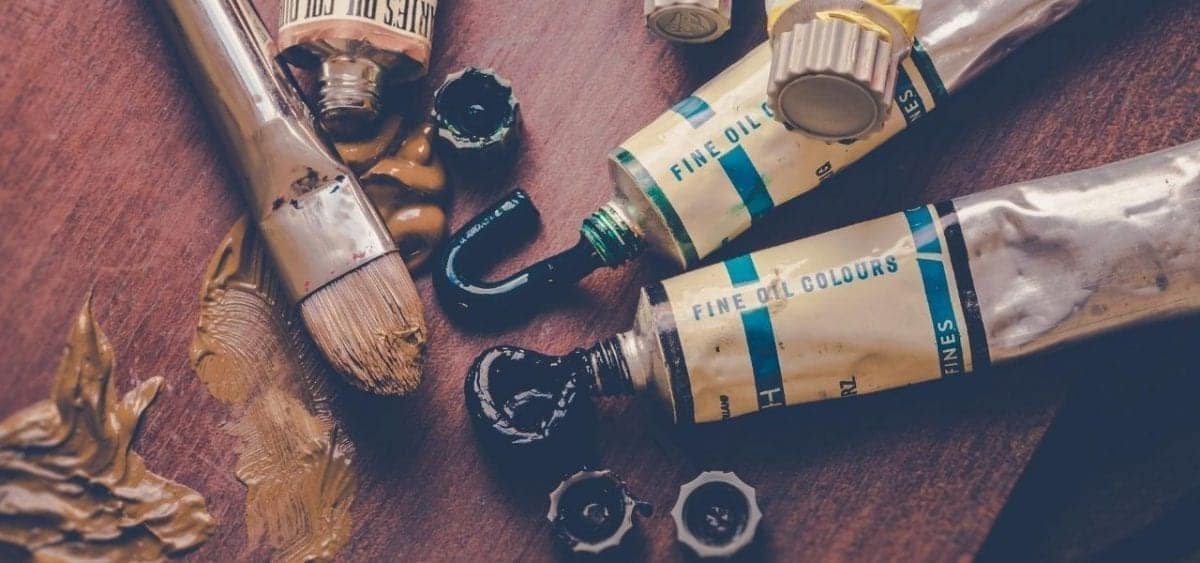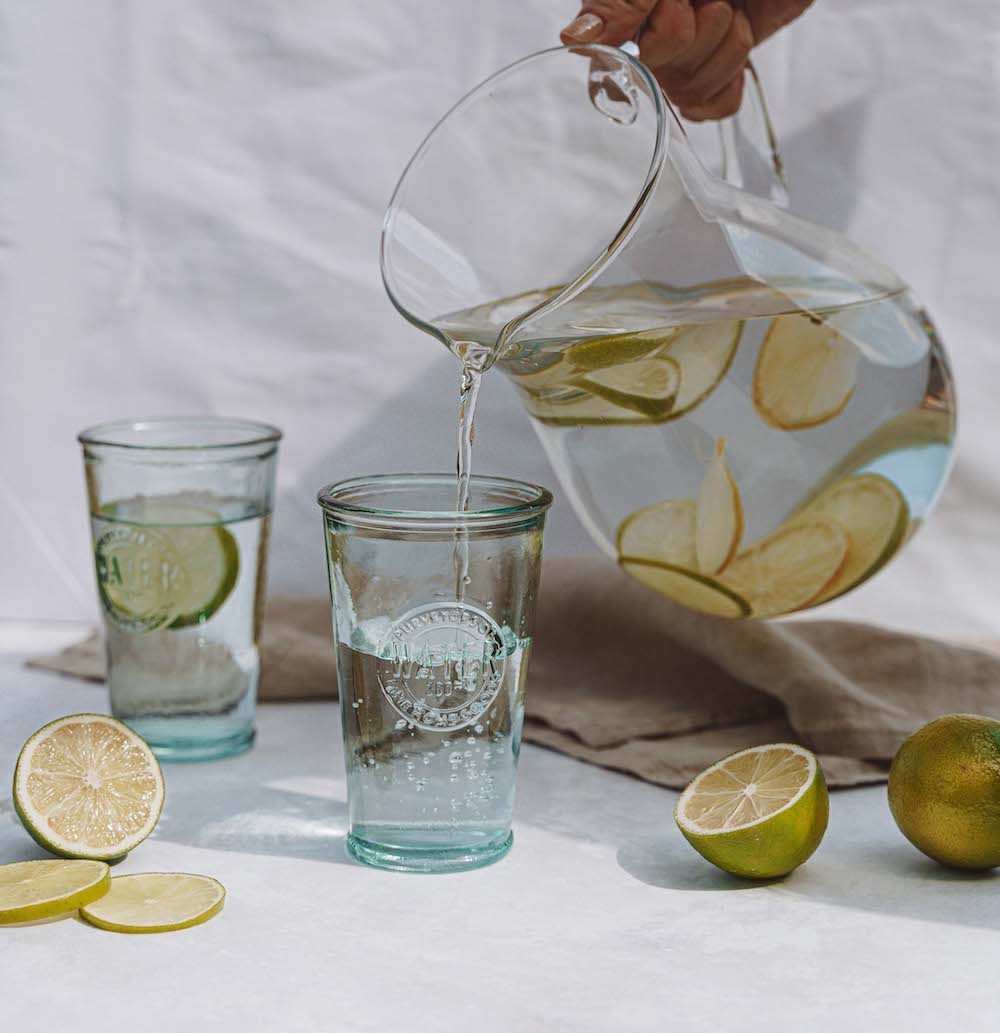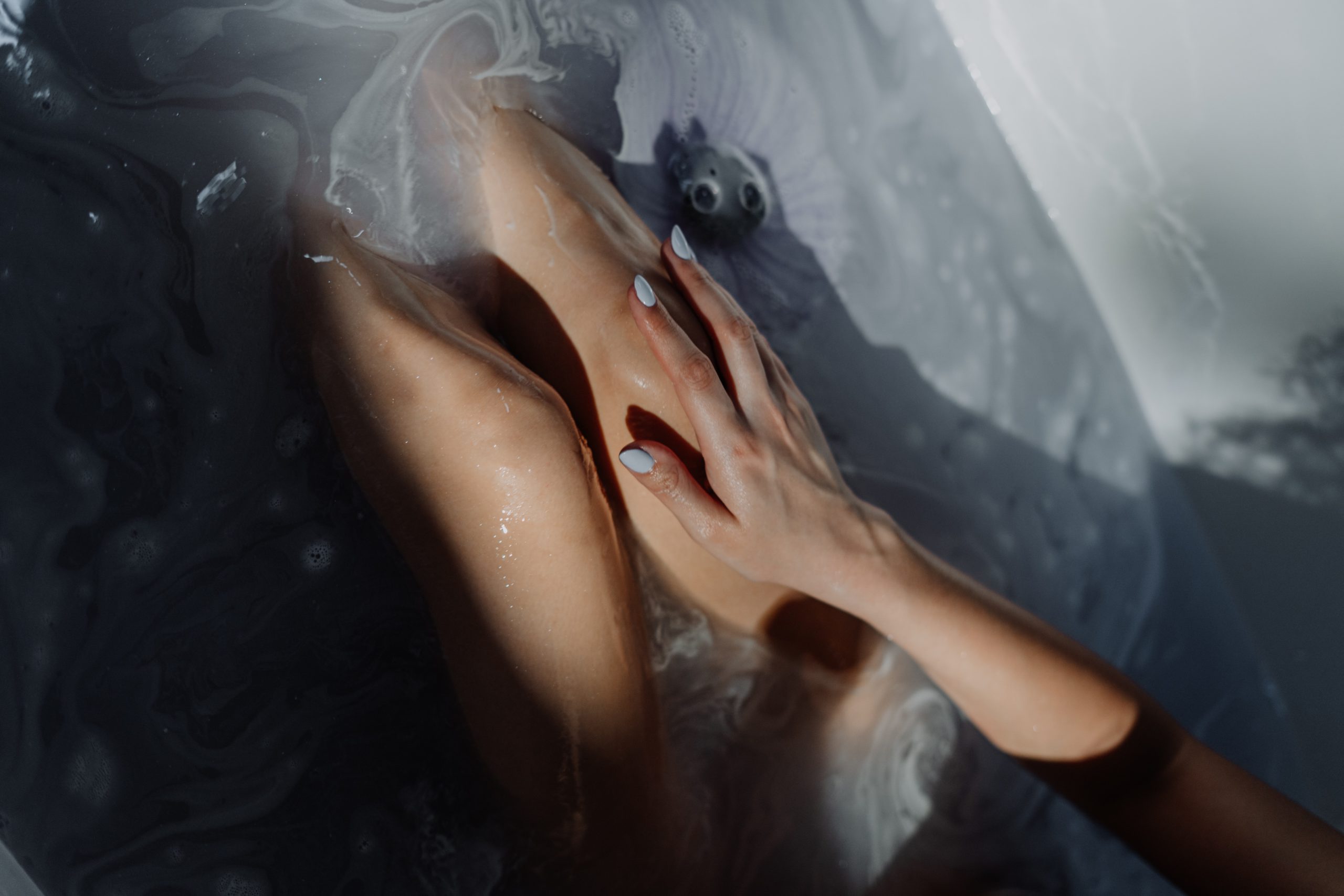Published 16 September 2024
-
Written by The Hormona Team

Reviewed by Dr. Abhinav Singh
Fact checking standards
Key takeaways
In museums and galleries around the world we are surrounded by the male view. From Picasso to Van Gogh, Degas, Monet and Rembrandt, the artistic world has been dominated by men. But female artists have been making ground-breaking strides in the art world, and not only in today’s age. Throughout history, women have made their names in various movements and styles. I’ve never been one for Modern Art, but there are plenty of classical female artists for some visual inspiration.
 Artemisia Gentileschi: Baroque. 1593-1653, Italian.
Artemisia Gentileschi: Baroque. 1593-1653, Italian.
One of the most celebrated and accomplished painters of the 17th century; she was one of the first women to become a member of the Accademia di Arte del Disegno in Florence. Her work depicts images from myths, the Bible and of warriors. She was praised for her natural depictions of the female figure and her great skill with colour, light and dimension. Regarded as one of the most progressive and expressive painters of her generation, much of her career was overshadowed by her being raped in her youth. Much of her work resonates in feminist studies, with images of woman as protagonists. Her well known paintings feature women (mainly biblical) taking vengeance against men who abused them.
 Elisabeth Vigee Le Brun: Rococo, Neoclassicism. 1755-1842, French.
Elisabeth Vigee Le Brun: Rococo, Neoclassicism. 1755-1842, French.
Also known as ‘Madame Le Brun’, she was a prominent portrait painter of the late 18th century. She received the patronage of many European aristocrats including Marie Antoinette for whom she painted around thirty portraits. Le Brun painted roughly 660 portraits and 200 landscapes throughout her career. A member of Académie royale de peinture et de sculpture, she was one of only several women to be admitted. But after the revolution, when female academicians were abolished, her membership was dissolved. She fled during the French Revolution and travelled around Europe with her daughter, painting for dignities and aristocratic figures.
 Berthe Morisot: Impressionism, Realism. 1841-1895, French.
Berthe Morisot: Impressionism, Realism. 1841-1895, French.
Part of the circle of painters in Paris known as the impressionists, her work was shown six times in the prestigious Salon de Paris. She began exhibiting with ‘rejected’ impressionists, including Claude Monet, Edgar Degas and Pierre-Auguste Renoir. Unlike her male counterparts, Morisot painted mainly domestic, private scenes of women and families, depicting the cultural restrictions of gender at the time. She often painted flowers as symbols of womanhood and used her maiden name throughout her career, rather than her husband’s.
”I don’t think there has ever been a man who treated a woman as an equal and that’s all I would have asked for, for I know I’m worth as much as they.”
 Mary Beale: Baroque. 1633-1699, English.
Mary Beale: Baroque. 1633-1699, English.
One of the most successful and prolific portrait painters of the later 17th century, she was part of a small group of women painting professionally in London. From her work, she became the main financial provider for her family, despite receiving no formal training, no patronage and without belonging to an artist’s guild. She was friend with Sir Peter Lely, the main portrait artist at court and was called one of the most noteworthy artists of her generation. As the main breadwinner for her family, she also donated ten per cent of her earnings to charity and took on two students towards the end of her career.
 Evelyn De Morgan: Pre-Raphaelite, symbolist. 1855-1919, English.
Evelyn De Morgan: Pre-Raphaelite, symbolist. 1855-1919, English.
One of the first women to study at Slade Art School, De Morgan rebelled against gender and class stereotypes both in her childhood and in her career. Her paintings focus on the female figure with spiritual and mythical themes, often depicting women such as Helen of Tory and Cassandra. With a strong use of metaphors (including bondage, light, darkness and transformation) it has been suggested by scholars to identify spiritual and feminist content. Her later works offer a pacifist perspective on war and she was a supporter of the Suffrage Movement, her signature seen on the Declaration in Favour of Women’s Suffrage in 1889. In the early years of her marriage, she helped to financially support her husband’s pottery business.
 Clara Peeters: Baroque, Dutch Golden Age. Still life. 1594-1657(?), Flemish.
Clara Peeters: Baroque, Dutch Golden Age. Still life. 1594-1657(?), Flemish.
One of the few female artists of the era, Peeters specialised in still life images of traditional Netherland food. She was an early specialist in the emerging genre of flowers and food. Fascinated by light and how it falls on metal objects, she often depicted herself in the reflections of goblets and cups. There’s no record of any patronage, but it’s thought that much of her work was bought by wealthy clients. Four of her paintings were in the Royal Spanish collection before going to the Prado.
Get inspiration from some classic feminist authors here, and more about famous female artists here.
All images taken from WikiMedia with public domain.
Disclaimer: This website does not provide medical advice. The information, including but not limited to, text, graphics, images, and other material contained on this website is for informational purposes only. No material on this site is intended to be a substitute for professional medical advice, diagnosis, or treatment. Always seek the advice of your physician or other qualified healthcare provider with any questions you may have regarding a medical condition or treatment and before undertaking a new healthcare regimen, and never disregard professional medical advice or delay in seeking it because of something you have read on this website.
Written by
The Hormona Team
Reviewed by

Dr. Abhinav Singh
Dr Singh is the Medical Director of the Indiana Sleep Center. His research and clinical practice focuses on the myriad of sleep.





